The Eagle Lightweight GTR is a minimalist expression of racing car aesthetics
Eagle E-Types is renowned for its stewardship of Jaguar’s iconic 1960s sports car. With this one-off Lightweight GTR version, the company has pushed its ethos to the limit

There are many outfits dedicated to enhancing and maintaining Jaguar’s timeless icon, including the US-based ECD Automotive Design and the UK’s Helm. You can even electrify an E-Type, courtesy of Electrogenic, while over a decade ago, JLR's own Special Vehicle Operations tackled a short run of six scratch-built Lightweight models.

Eagle Lightweight GTR
But of all the companies keeping the E-Type firmly in their sights, Eagle E-Types of Sussex, UK, is perhaps the most acclaimed. Founded in 1984 by Henry Pearman, the company started ‘remanufacturing’ the E-Type in 1991 and has gone on to become the world’s leading specialist restorer of the model. At one point, there was a seven-year waiting list for an Eagle.

Eagle Lightweight GTR
From the turn of the century, Eagle has also delved into creating unique E-Type Special Editions of its own design, starting with the Eagle Speedster, followed by the Low Drag GT, Spyder GT and Lightweight GT.
Now the company has gone further with this, the Eagle Lightweight GTR. Taking the original 1960s racing Lightweight E-Type as the template, the GTR was commissioned by an exacting client to explore the limits of lightweight performance design.
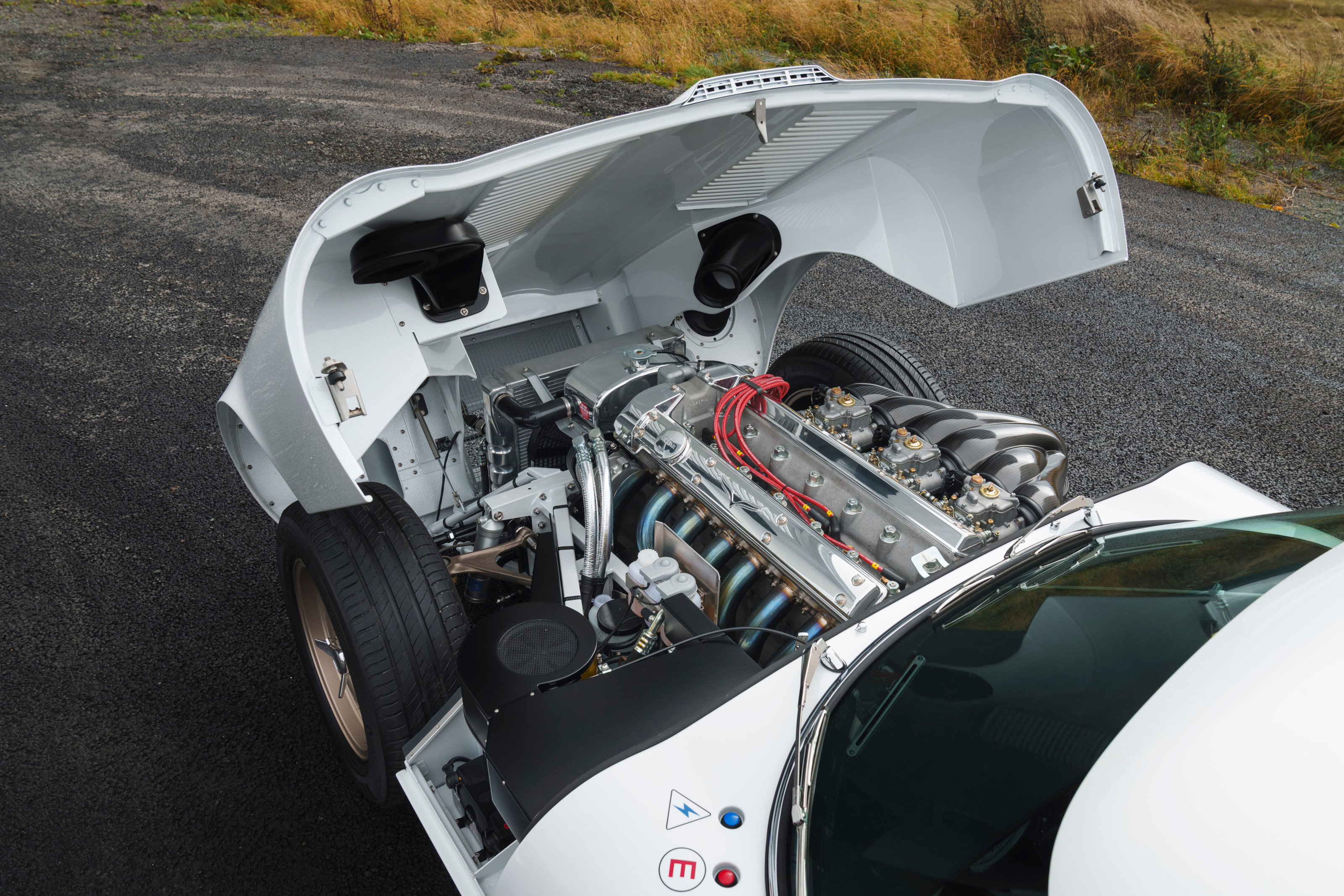
Under the bonnet of the Eagle Lightweight GTR
The voluptuous curves are all present and correct yet pared back to sublime minimalism, with flush details, and precision panel gaps. The E-Type is a familiar and feted form, a beautiful, era-defining machine that’s also the aesthetic straitjacket Jaguar never quite managed to escape from. Eagle doesn’t need to worry about all that, however, and has instead focused on stripping out weight and creating an exacting, driving-focused specification.

Eagle Lightweight GTR
All in all, the Lightweight GTR tips the scales at just 930kg, less than the original E-Type convertible weighed back in the day. It’s an impressive achievement, with the minimalist approach extending to the black Alcantara-trimmed interior.
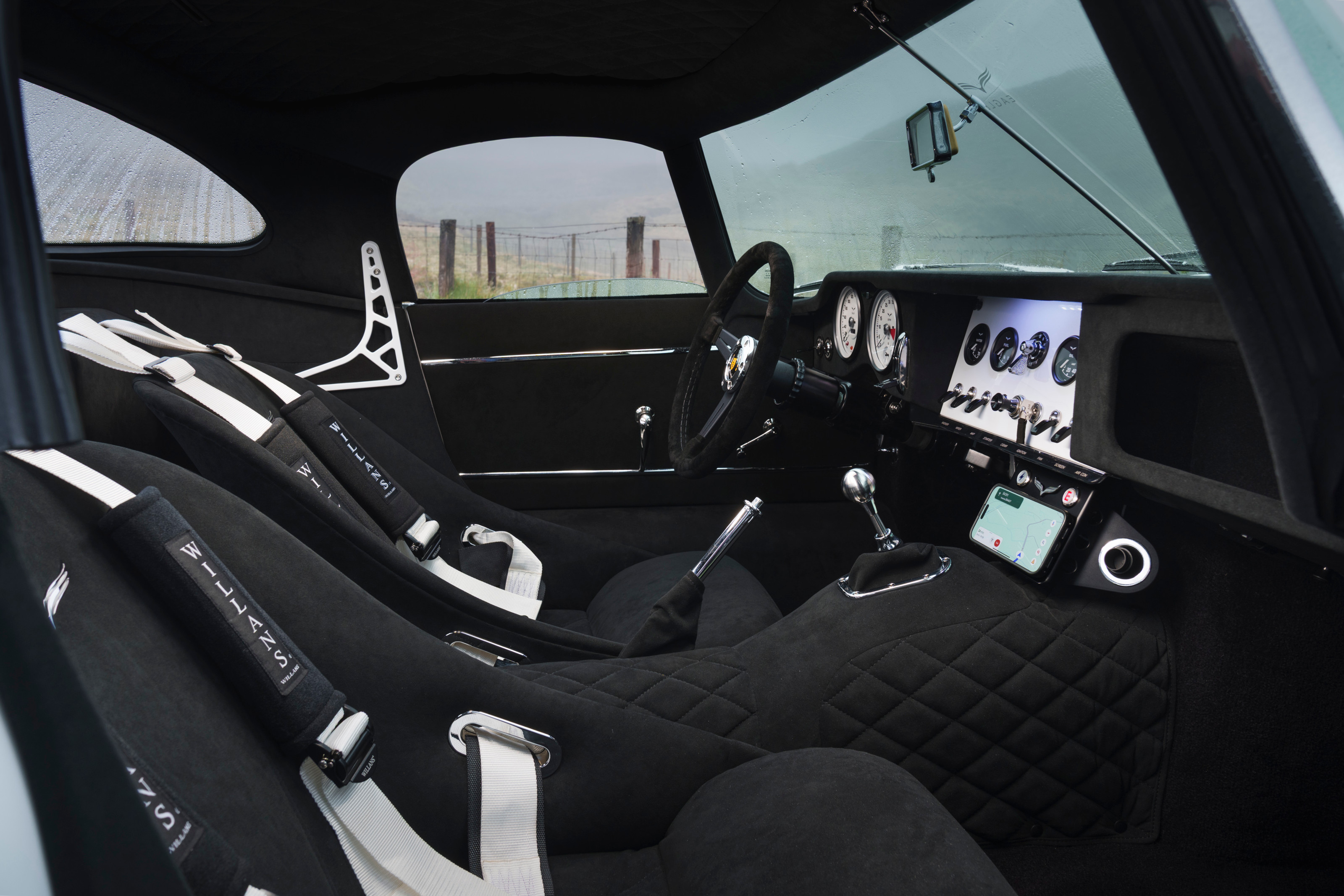
Eagle Lightweight GTR
Lightweight racing seats with four-point harnesses, a subtly revised dashboard with magnetic phone dock and even air-conditioning all serve to upgrade the driving experience without succumbing to OTT restomod styling.
Receive our daily digest of inspiration, escapism and design stories from around the world direct to your inbox.
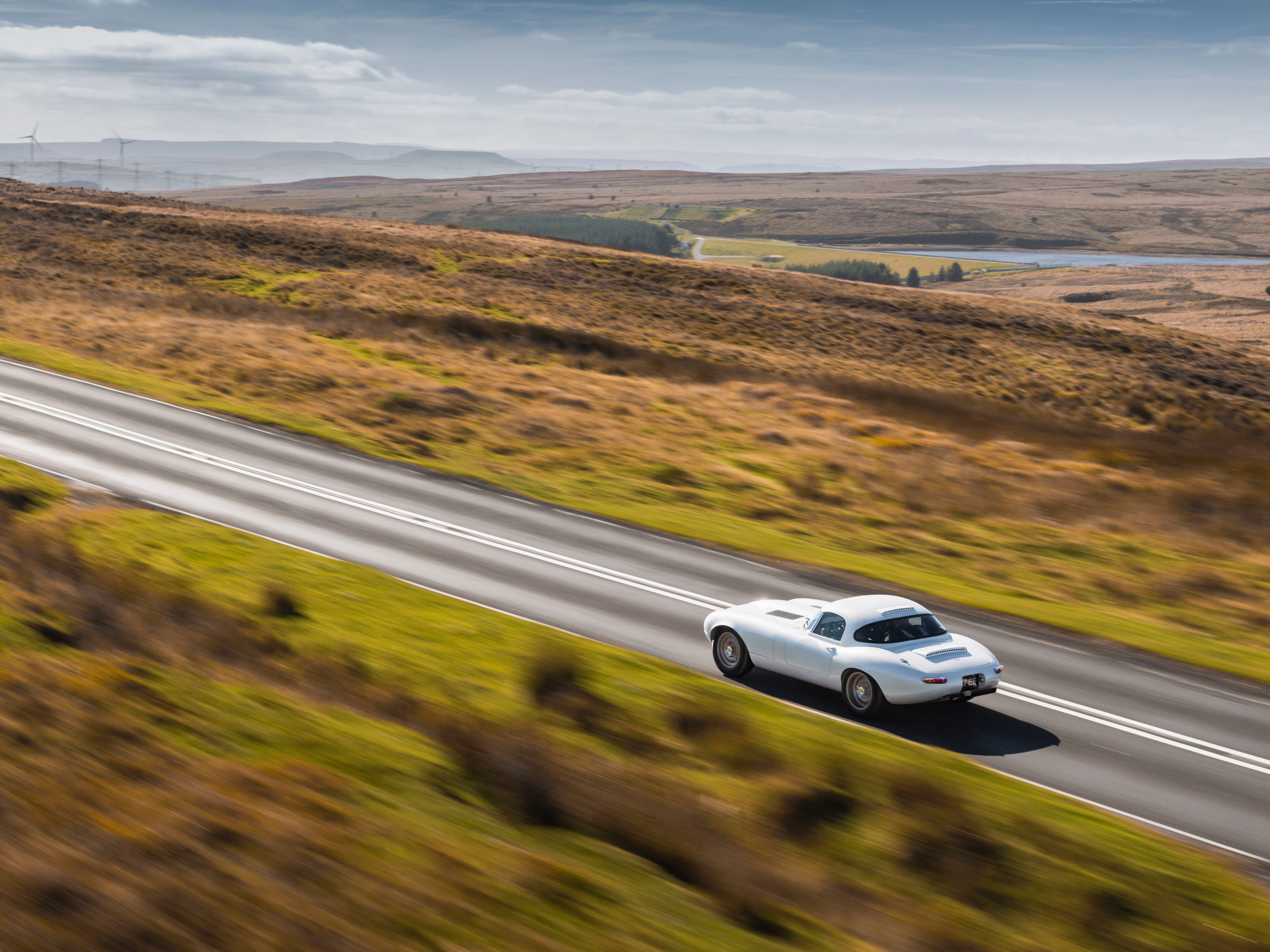
Eagle Lightweight GTR
According to Eagle’s client, the car was intended as the antithesis of the modern performance car, with its complex electronic systems and outrageous power outputs. ‘I'm not sure those cars will age very well, so I commissioned Eagle to build me a car that is as light as possible without sacrificing comfort, devoid of screens or other electronics,’ they say. ‘With incredible performance, long-distance comfort and timeless beauty, I couldn't be happier with the result.’

Detail design, Eagle Lightweight GTR

Detail design, Eagle Lightweight GTR
Performance comes courtesy of an all-aluminium 4.7-litre straight-six with triple Weber carburettors, housed beneath the E-Type’s signature forward-hinged bonnet. Bespoke suspension and carbon-ceramic brakes, as well as the use of durable magnesium and titanium components keep weight down.
As a one-on-one expression of bespoke performance engineering, the Lightweight GTR will take some beating.
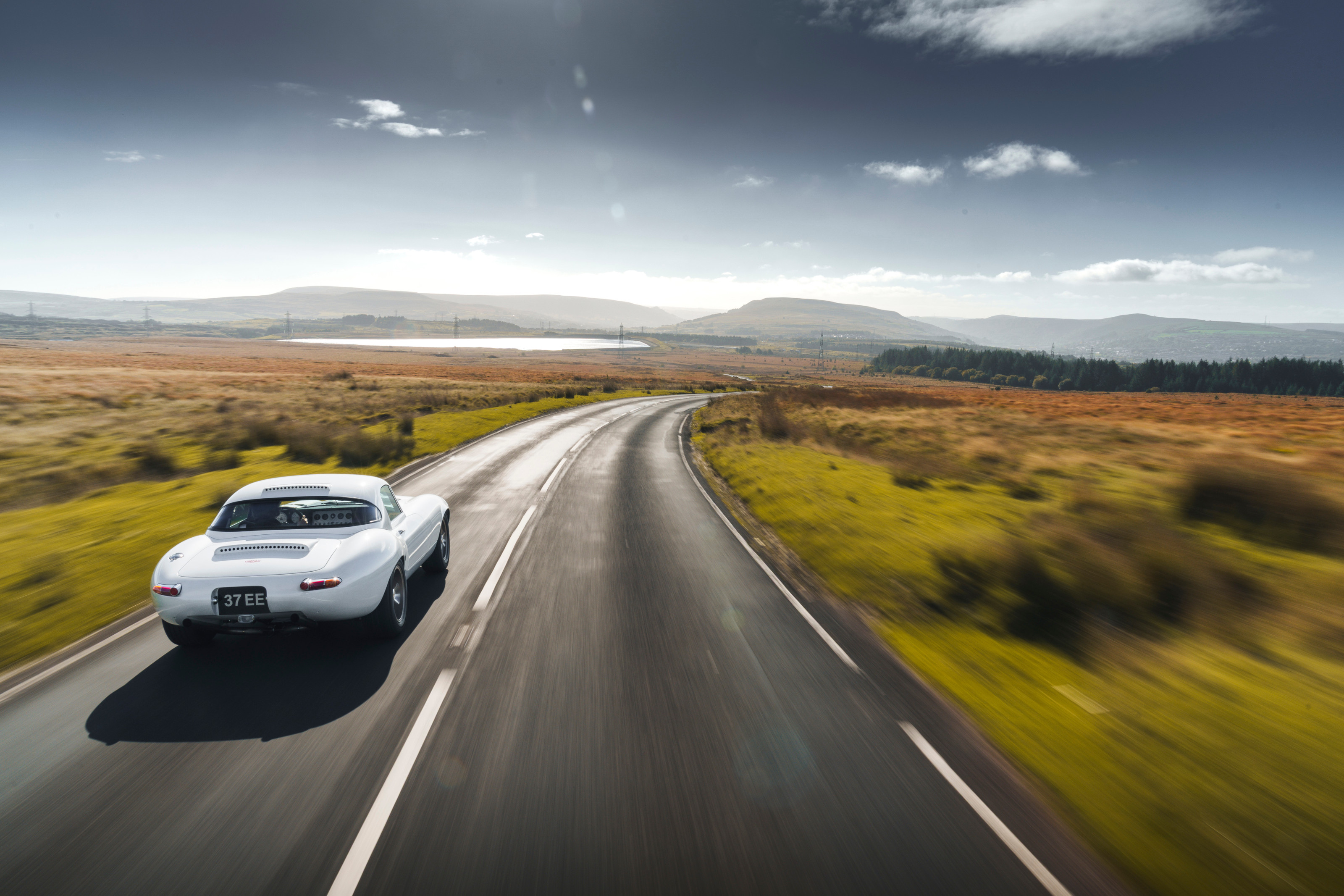
Eagle Lightweight GTR
More details at Eagle E-Types, EagleGB.com, @Eagle.Etypes
Jonathan Bell has written for Wallpaper* magazine since 1999, covering everything from architecture and transport design to books, tech and graphic design. He is now the magazine’s Transport and Technology Editor. Jonathan has written and edited 15 books, including Concept Car Design, 21st Century House, and The New Modern House. He is also the host of Wallpaper’s first podcast.
-
 Curvilinear futurism meets subtropical beaches at Not A Hotel’s ZHA-designed Okinawa retreat
Curvilinear futurism meets subtropical beaches at Not A Hotel’s ZHA-designed Okinawa retreatZaha Hadid Architects has revealed the design for the first property in Not A Hotel’s futuristic new Vertex collection, coming soon to southern Japan
-
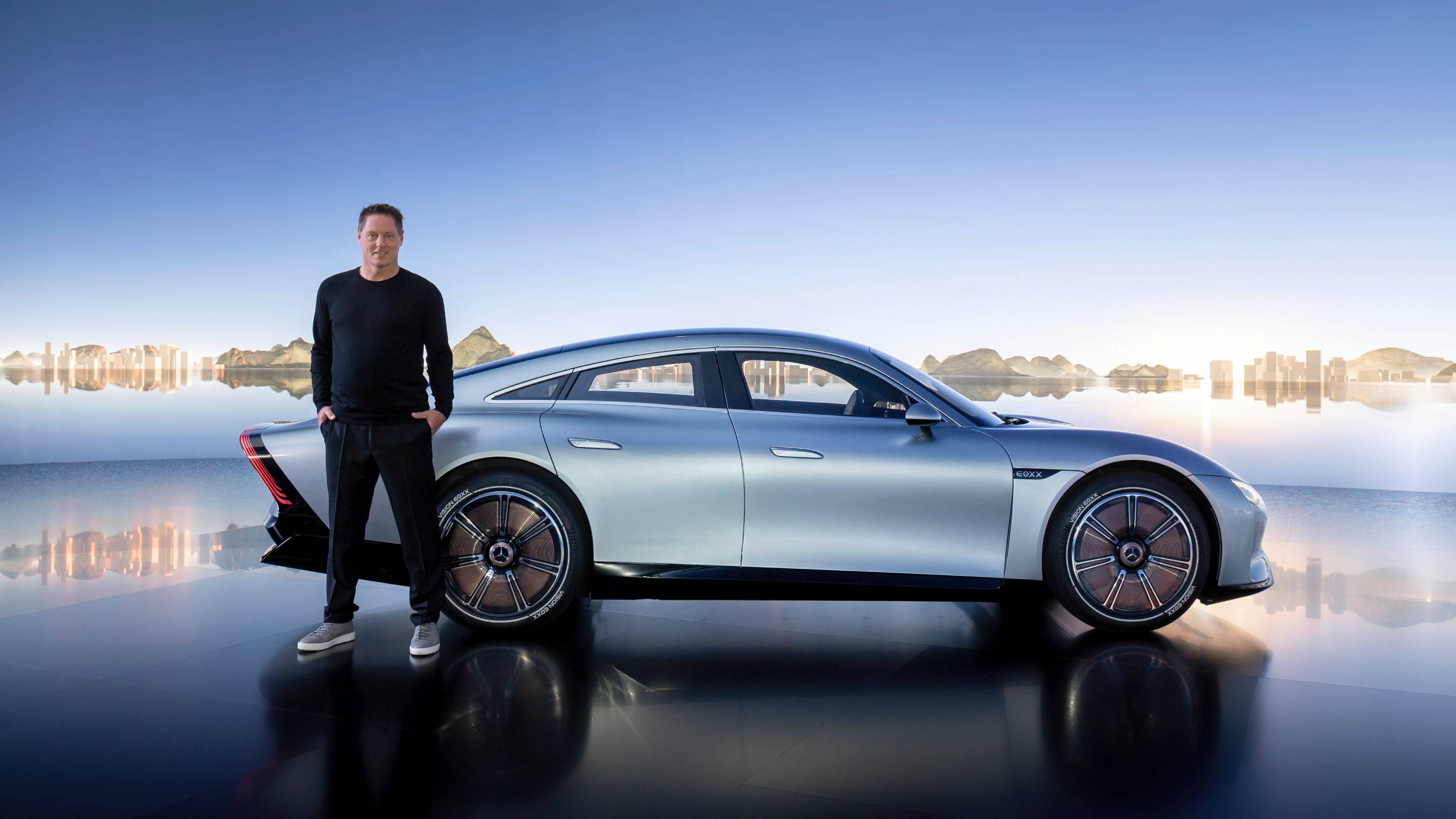 Gorden Wagener leaves the helm of Mercedes-Benz design after 28 years with the company
Gorden Wagener leaves the helm of Mercedes-Benz design after 28 years with the companyThe German designer is stepping down from the role of chief design officer at Mercedes-Benz. We look back at his influence and impact on the world of automotive and luxury design
-
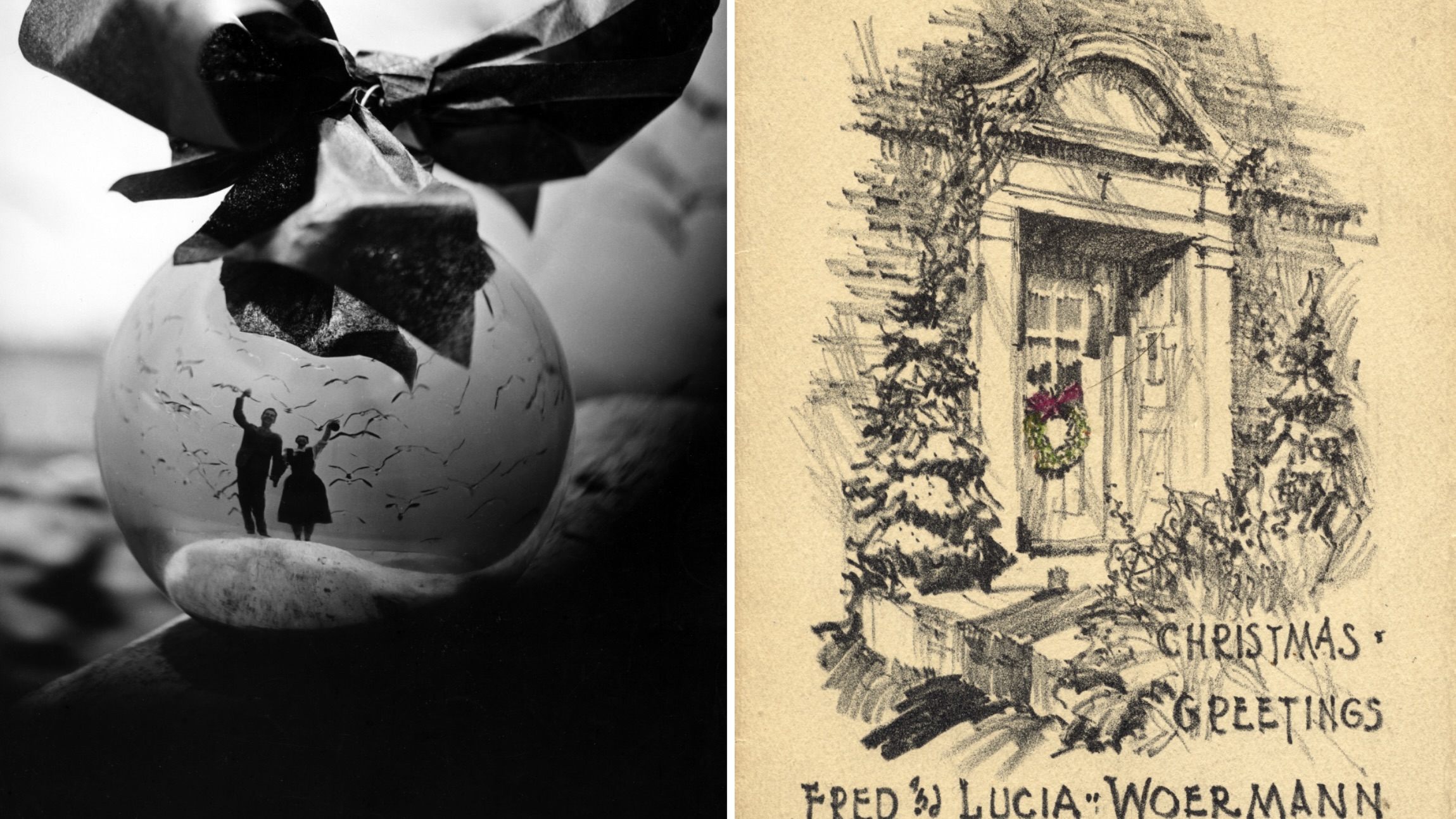 These Christmas cards sent by 20th-century architects tell their own stories
These Christmas cards sent by 20th-century architects tell their own storiesHandcrafted holiday greetings reveal the personal side of architecture and design legends such as Charles and Ray Eames, Frank Lloyd Wright and Ludwig Mies van der Rohe
-
 JLR is a mainstay of modern motoring luxury, but do car brands need creative figureheads?
JLR is a mainstay of modern motoring luxury, but do car brands need creative figureheads?With Gerry McGovern reportedly departing from Jaguar Land Rover, what next for the Indian-owned, British-built house of brands?
-
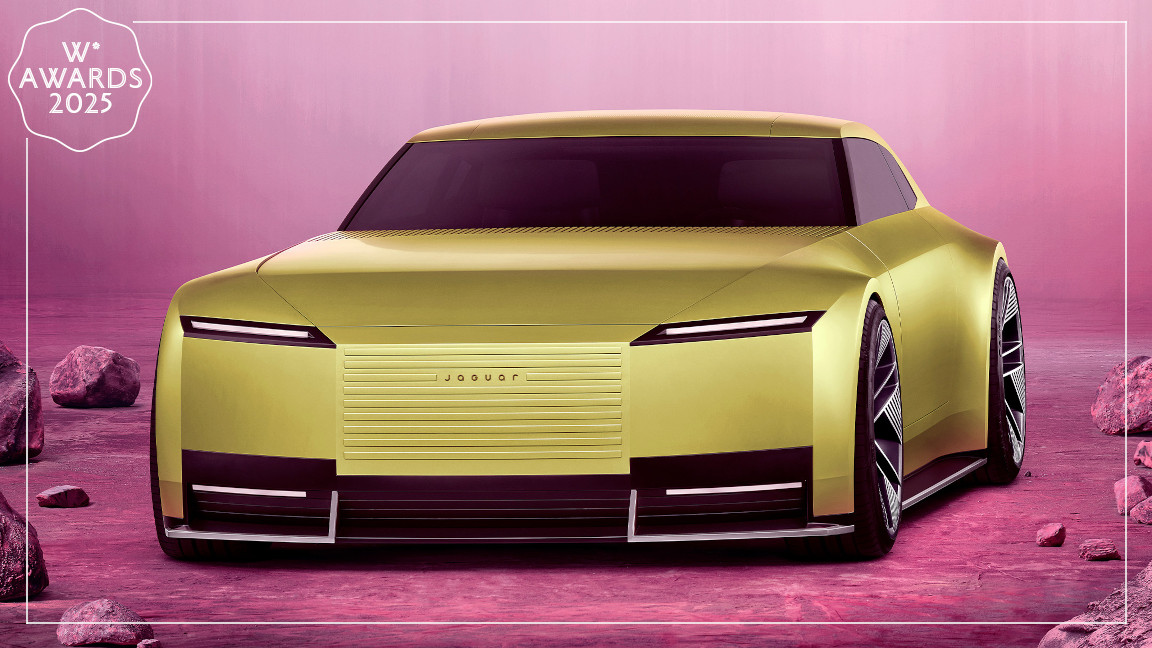 Jaguar’s big rethink earns its Type 00 concept car a Wallpaper* Design Award 2025
Jaguar’s big rethink earns its Type 00 concept car a Wallpaper* Design Award 2025We salute the forward-thinking and bold choices of the dramatic Jaguar Type 00 Concept, a preview of next year's all-new electric GT
-
 The top 10 concept cars of 2024, as selected by Wallpaper’s Transport Editor
The top 10 concept cars of 2024, as selected by Wallpaper’s Transport EditorWe round up our favourite forays into futuristic design with this collection of concepts and design studies showcasing the transport of tomorrow
-
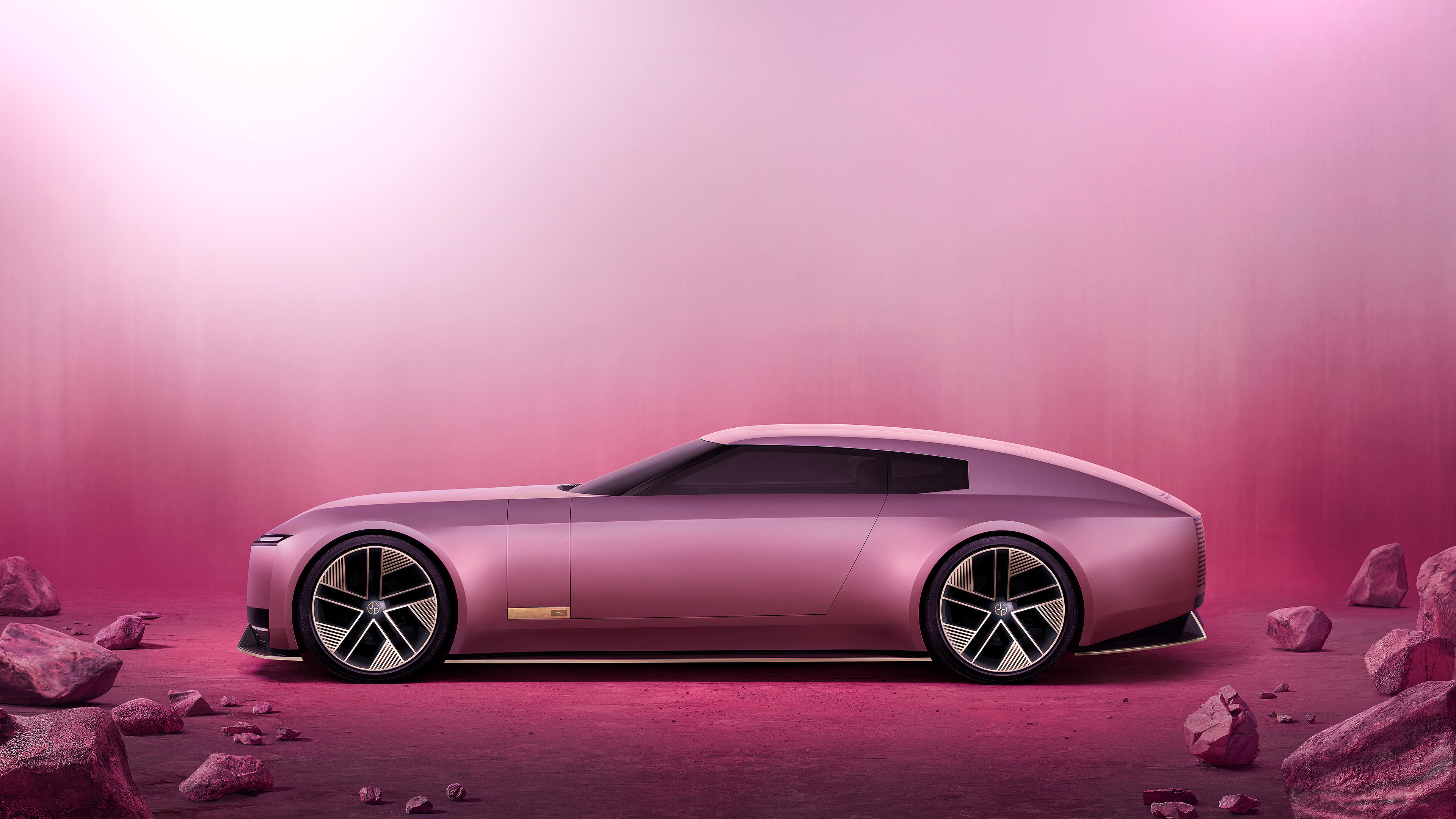 La Vie en Rose: can the Jaguar Type 00 reset the narrative surrounding the brand’s reinvention?
La Vie en Rose: can the Jaguar Type 00 reset the narrative surrounding the brand’s reinvention?This is the Jaguar Type 00, the first physical manifestation of the reborn brand’s new commitment to ‘Exuberant Modernism’. We take it for a semiotic spin
-
 Jaguar reveals its new graphic identity ahead of a long-awaited total brand reboot
Jaguar reveals its new graphic identity ahead of a long-awaited total brand rebootJaguar’s new ethos is Exuberant Modernism, encapsulated by a new visual language that draws on fine art, fashion and architecture
-
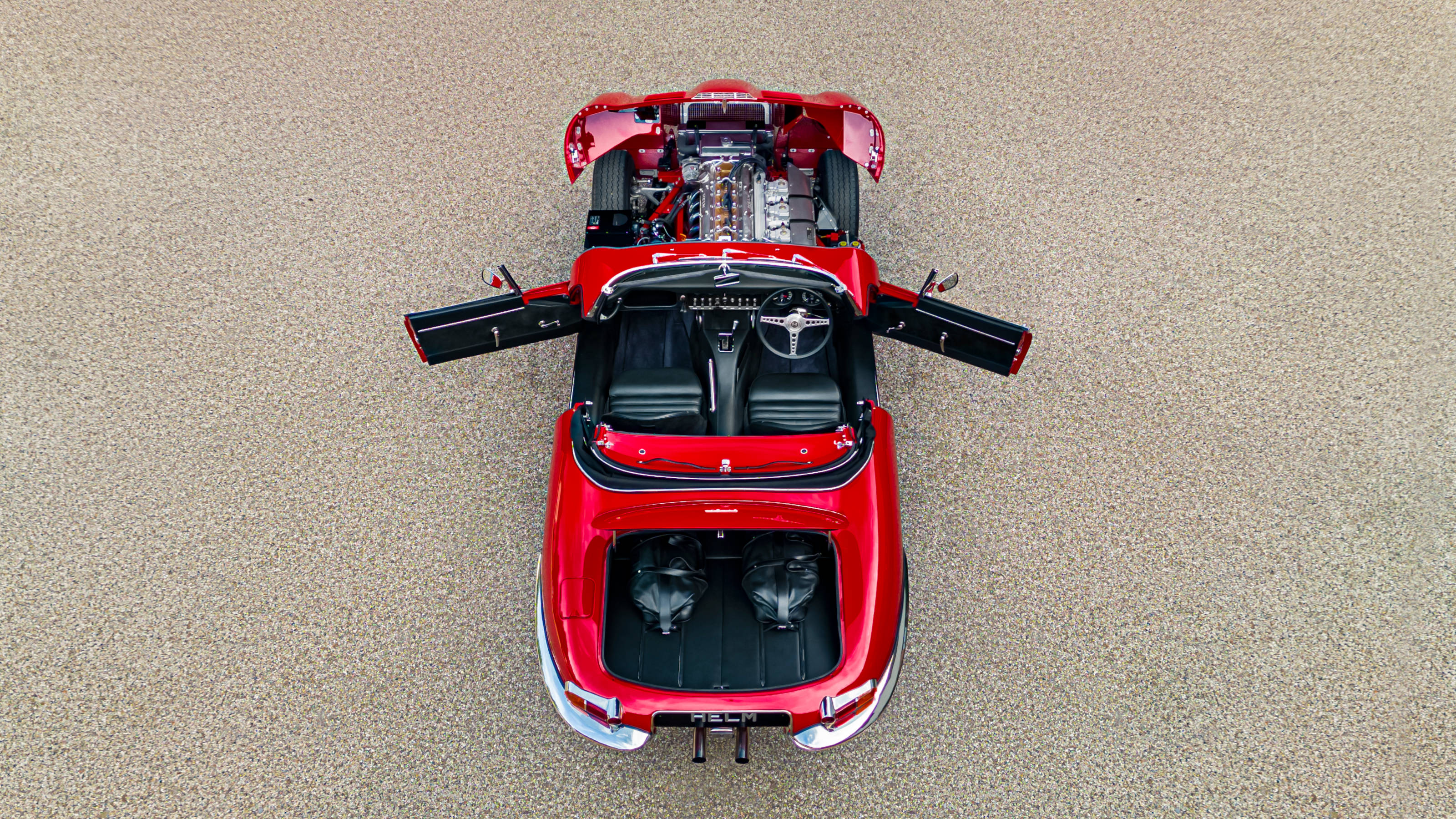 Helm’s meticulously re-imagined Jaguar E-Type features a finely crafted interior by Bill Amberg
Helm’s meticulously re-imagined Jaguar E-Type features a finely crafted interior by Bill AmbergHelm transforms the legendary E-Type into a thoroughly modern machine, upgrading every aspect of Jaguar’s pioneering sports car to an exacting brief
-
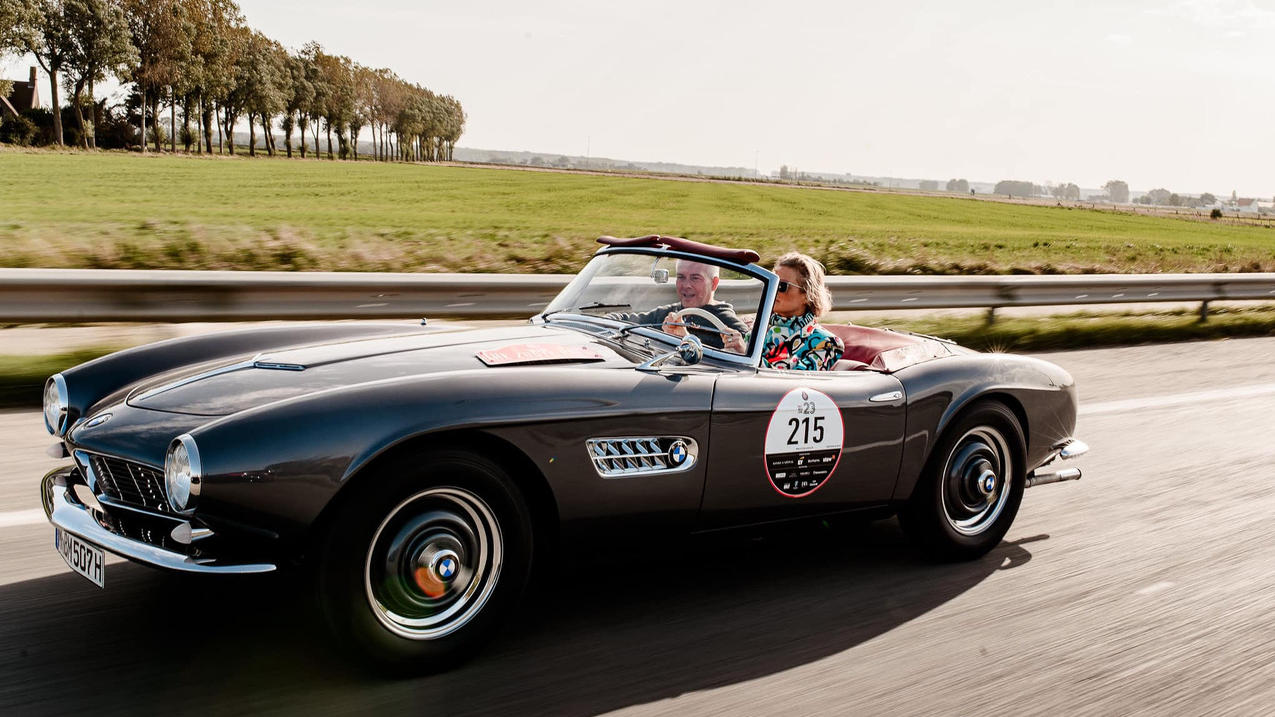 Zoute Grand Prix is a car fest like no other at a pristine Belgian beachside town
Zoute Grand Prix is a car fest like no other at a pristine Belgian beachside townAmy Serafin takes to the well-heeled streets of Knokke-Heist to experience the Zoute Grand Prix, its annual cavalcade of classic car-related events, from a rally to an auction
-
 Jaguar F-Type 75 special edition is the last of its kind as the marque hints at a radical future
Jaguar F-Type 75 special edition is the last of its kind as the marque hints at a radical futureThe Jaguar F-Type 75 will be the last ever V8-powered Jaguar; is it also the end of conventional sports cars for this legendary British marque?